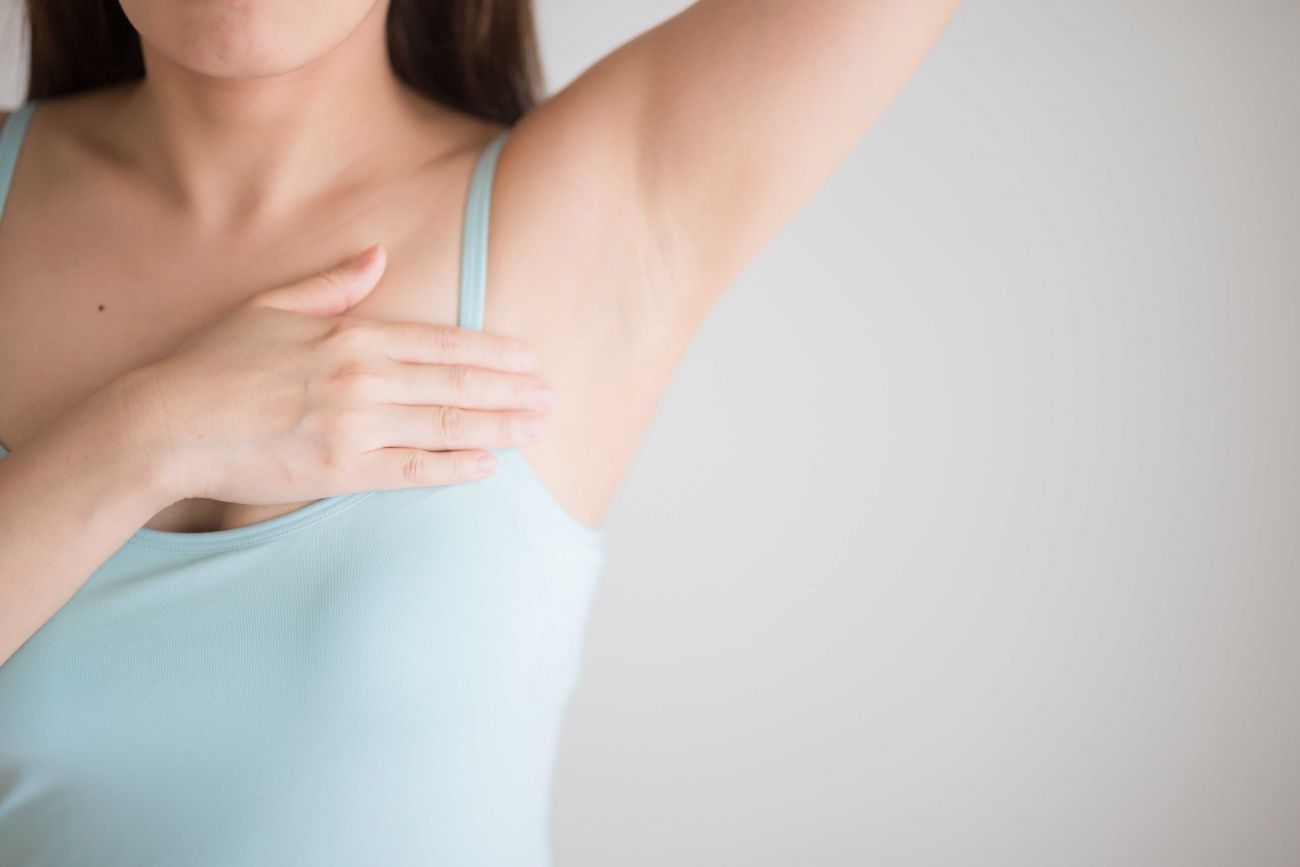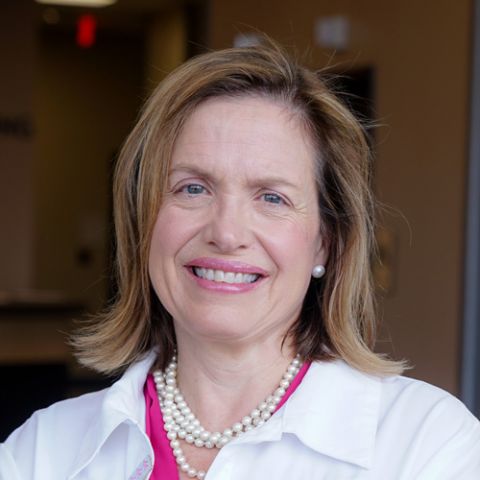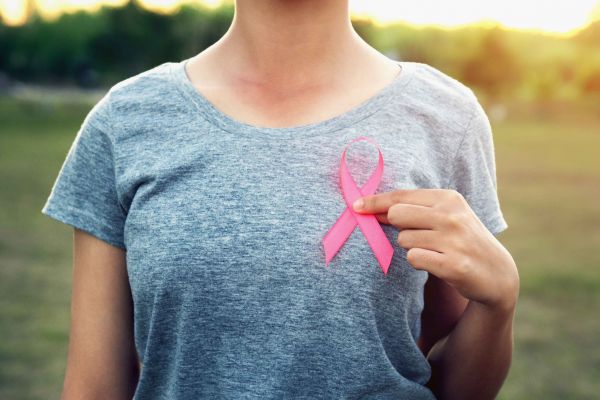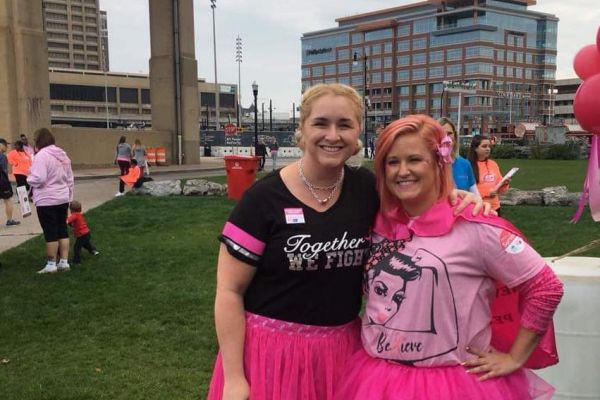A common sign of breast cancer is a lump in the breast area. But what is the best way to detect a lump in your breast? If you find a lump, does it always mean you have cancer? Are breast cancer lumps painful? Do they feel differently than cysts or other lumps? Ermelinda Bonaccio MD, FACR, Roswell Park’s Chair of Diagnostic Radiology, answers some commonly asked questions about breast lumps.
Where are breast lumps found?
Breast lumps can be found anywhere throughout the breasts and axillary regions (armpits), including behind the nipple and at the edges of the glandular breast tissue.
We recommend that women and men regularly examine their breasts to become familiar with what is normal for them and, thus, better able to detect any new or abnormal breast changes.
We encourage adults, starting at age 20, to perform regular breast self-exams. The goal is to become familiar with your breasts and to promptly report any changes to your health care provider.
The key to a successful self-exam is consistency. For women, since breasts change throughout the menstrual cycle, one week after your menstrual cycle starts is typically the best time to check for abnormalities.
What is the best way to detect a lump in your breast?
Look for any changes in breast contour, swelling of all or part of a breast (even if no lump is felt), dimpling of the skin, and changes or discharge in the nipples.
In the shower, move the pads of your fingers around your entire breast in a circular pattern moving from the outside to the center, checking the entire breast and armpit area, including up to the collarbone, out to the armpit, in to the middle of the chest and down to the bottom of the ribcage. Check both breasts each month, feeling for any lumps, thickening or hardened knots.
Also check your breasts while lying down. Gravity will allow normal, even lumpy breast tissue to spread out along your chest wall. However, tumors will remain rigid. Use your fingers to feel for lumps among the natural fibrous tissue.
Do non-cancerous lumps feel different than malignant tumors?
It is very difficult to distinguish a non-cancerous lump, such as a cyst, from a malignant tumor based on how the lump feels. Therefore, if you feel any new lump you should contact your healthcare provider.
Cysts are smooth fluid-filled sacs that are usually round or oval shaped and are smooth and movable.
Fibroadenomas are common benign (non-cancerous) breast tumors made up of both glandular tissue and stromal (connective) tissue. They may feel like a marble within the breast. They are usually round and have clear-cut borders. You can move them under the skin and they’re usually firm or rubbery, but not tender.
Breast cancer tumors are usually painless hard masses with firm, angular edges. However, breast cancer lumps can also be tender, soft, round or painful. If you have a breast lump that is new or changing (for instance, growing or becoming harder), it’s important to make an appointment to get it checked out.
What should I do if I find a lump or change my breast?
If you find a lump that is new or concerning to you, make a diagnostic breast imaging appointment as soon as possible. If the lump is indeed cancer, it is better to know sooner than later.
When you call to schedule your appointment at Roswell Park, let the staff know you have found a lump. If you are 30 years old or younger, we will most likely schedule you for an ultrasound first; if you are over 30 and have a lump, we will usually start with a mammogram and then, depending on our exam, we may also perform an ultrasound.
Can you have breast cancer without a lump?
Yes. That is why is still important to get your routine screening mammograms. Getting regular screening tests is the most reliable way to find breast cancer early. Mammograms often can detect small and deep tumors not easily felt with self-exams. Roswell Park recommends that women age 40 and older, with low to average breast cancer risk, have annual breast cancer screening with mammography along with clinical exams. Women with higher breast cancer risk, including a strong family history or a known mutation in a gene associated with breast cancer, may need to begin screening mammography before age 40.




